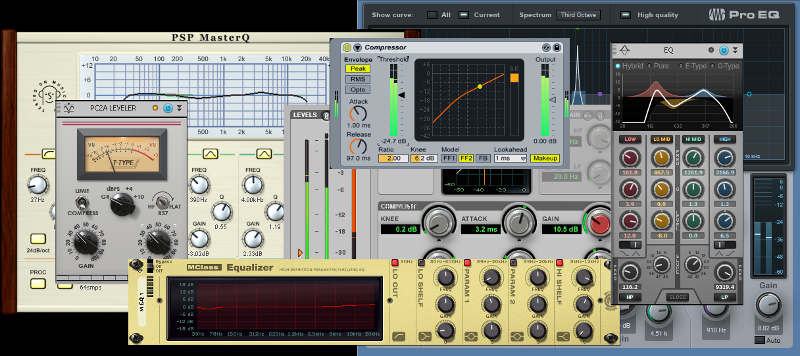It’s time for a definitive answer on whether EQ should go before or after compression
There’s no universal answer, because compression can serve different purposes. Both options have their uses, so let’s explore some of the reasons why you would use one option over the other.
Consider this scenario: You’ve recorded a great synth bass line with a highly resonant filter sweep. On some notes, the level goes too high when a note’s frequency coincides with the filter frequency. Otherwise, the signal is well behaved. But, you also want to boost the lower midrange to give it a beefier sound.
Put the compressor or limiter first to trap those rogue transients, then apply EQ to the more dynamically consistent sound. If the EQ change is minor, it won’t change the signal’s overall amplitude much.
Now suppose you don’t have any issues with overly-resonant filters, but you do need a massive lower midrange boost. This much boost could increase the amplitude at some frequencies, so putting compression after the EQ will help even these out.
However, there’s a complication. Because boosts in a frequency range increase the level in that range, the compressor will scale those levels back down. This inhibits what the EQ is trying to do—it wants to boost, but the compressor won’t let it go much further. However, signals below the threshold do remain boosted, and this might give the sound you want.
Another reason to place EQ before compression is to make the compression more frequency-sensitive. To emphasize a guitar part’s melody, boost EQ slightly for the range to be emphasized and then compress. The boosted frequencies will cross over the compression threshold sooner than the other frequencies.
Or, suppose a digital synth is “buzzy.” Cut the highs a bit prior to compression, and the compressor will bring up everything else more readily than the highs. This type of technique isn’t quite the same as multiband compression, but gives some of the same results because there’s more punch to the boosted frequencies.
